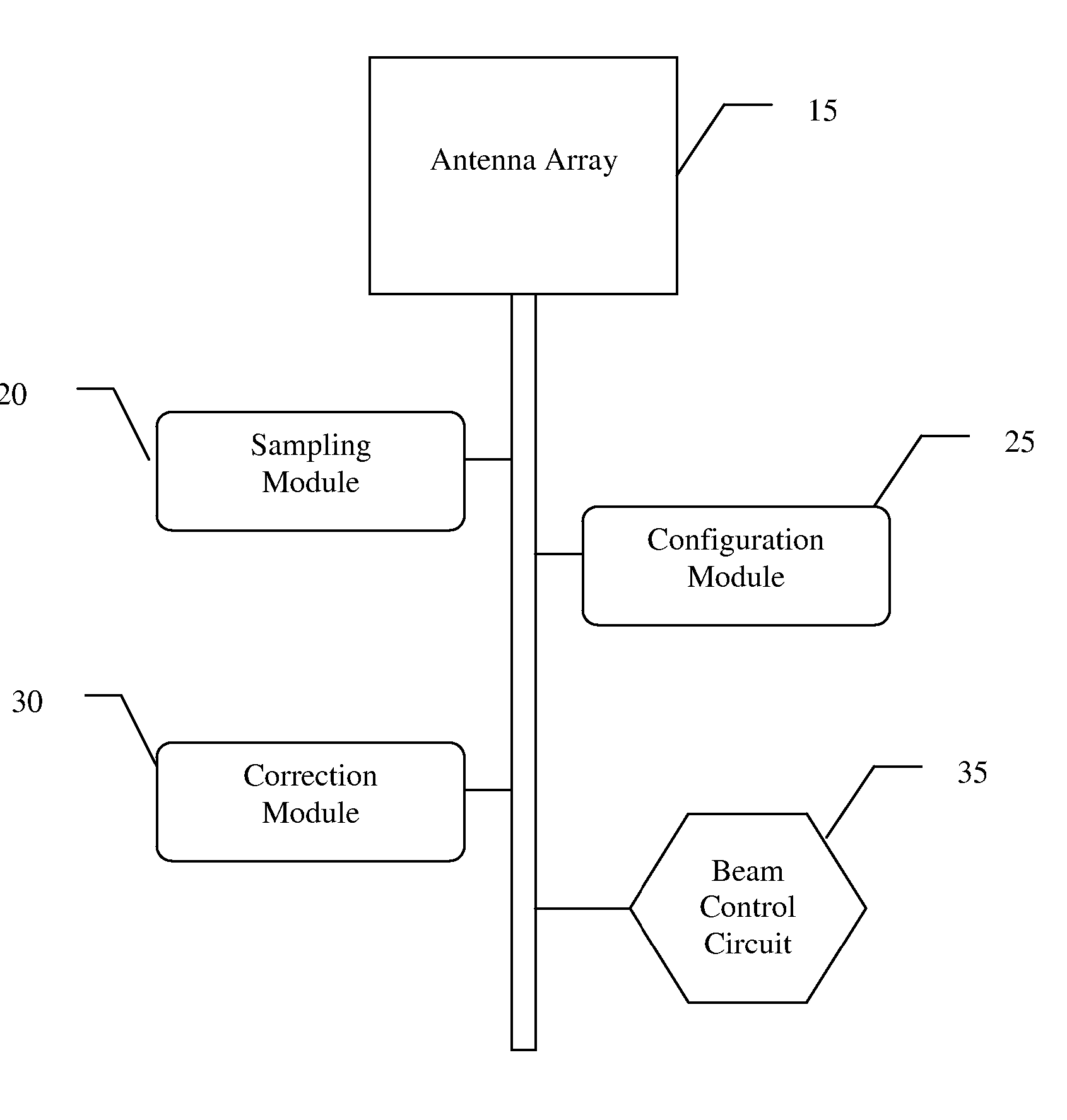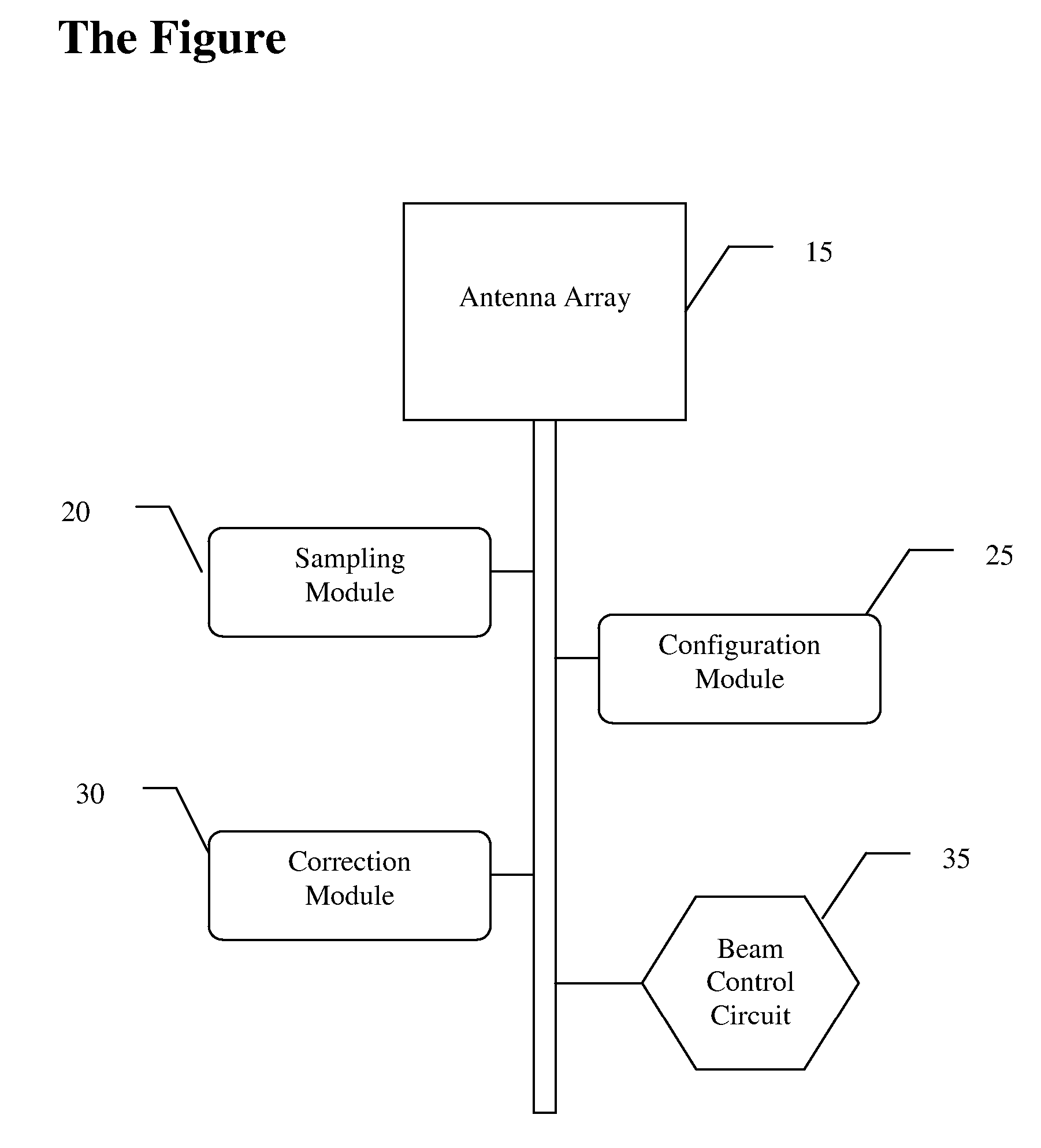Zero-Order Energy Smart Antenna and Repeater
a technology of applied in the field of zero-order energy smart antennas and repeaters, can solve the problems of unsuitable smart antenna designs for these systems, achieve the effects of reducing transmission power, facilitating greater communication distances, and improving signal reception and transmission
- Summary
- Abstract
- Description
- Claims
- Application Information
AI Technical Summary
Benefits of technology
Problems solved by technology
Method used
Image
Examples
Embodiment Construction
[0009] In the following detailed description of the preferred embodiments, reference is made to the accompanying drawings, which form a part hereof, and within which are shown by way of illustration specific embodiments by which the invention may be practiced. It is to be understood that other embodiments may be utilized and structural changes may be made without departing from the scope of the invention.
[0010] Adaptive Antenna
[0011] The present invention is an antenna architecture that is autonomously reconfigured on an as-needed basis depending on temporal channel characteristics, and thereby consumes only minimum DC power (Zero-Order Energy, or ZOE). The term Smart Antenna (also known as adaptive antenna) refers to a system of antenna arrays equipped with signal processing algorithms that are used to identify the direction of arrival (DOA) of the signal, and use it to calculate beamforming vectors, to track and locate the antenna beam on a target. Alternatively, the antenna is ...
PUM
 Login to View More
Login to View More Abstract
Description
Claims
Application Information
 Login to View More
Login to View More - R&D
- Intellectual Property
- Life Sciences
- Materials
- Tech Scout
- Unparalleled Data Quality
- Higher Quality Content
- 60% Fewer Hallucinations
Browse by: Latest US Patents, China's latest patents, Technical Efficacy Thesaurus, Application Domain, Technology Topic, Popular Technical Reports.
© 2025 PatSnap. All rights reserved.Legal|Privacy policy|Modern Slavery Act Transparency Statement|Sitemap|About US| Contact US: help@patsnap.com


